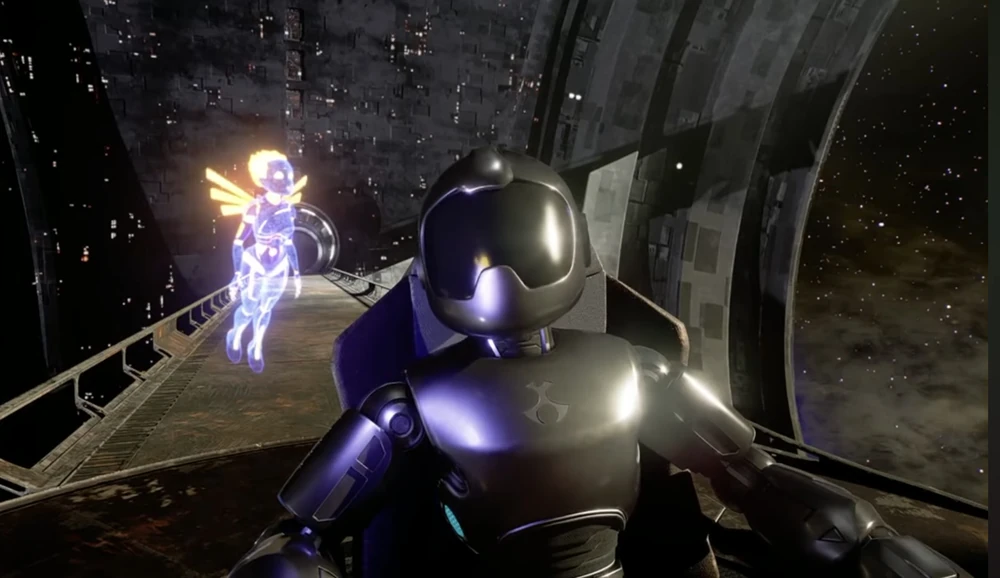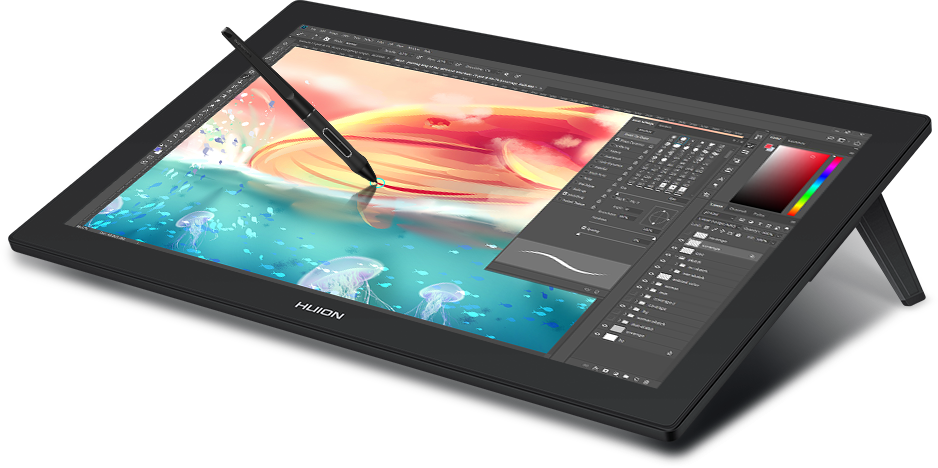Earlier this month the band OK Go released a new music video that was created in Blender!
If you have not seen any of OK Go’s music videos in the past, you are missing out on some insanely creative and iconic video productions. For another recent example, their video for the song Love used 29 robotic arms and 60 mirrors to create a crazy moving kaleidoscope recorded in a single 4-minute take.
For their most recent video, the band teamed up with artists Will Anderson and Lucas Zanotto, along with Blender Studio, to create a unique lyrics video for the song “Impulse Purchase”. The 3D animated video combines hand animation, eye/face tracking , and geometry nodes to showcase the lyrics along with procedurally generated characters and crowds.
As part of the collaboration with Blender Studio the video is an open project, meaning that the source file (a single .blend file that contains the entire animation) for the video is available to download and view in Blender (Blender Studio subscription required). If you are curious to see a real production animation using geometry nodes, consider donating to Blender Studio to gain access to the file along with many other Blender Studio open projects!



